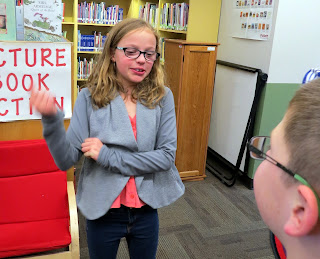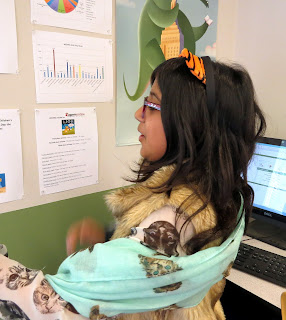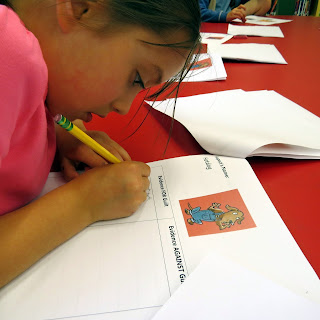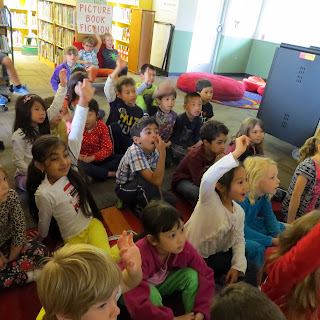- The importance of independent reading choices
- What makes a book "challenging enough"?
- Matt Haig's 30 Things to Tell a Book Snob
- Neil Gaiman speaks his mind: Let children read the books they love
- Comfort books
Not only is this a proven strategy for improving reading ability, it also develops a positive association with reading, which is more likely to lead someone to identify as a reader than if it becomes a source of anxiety because adults decide that the books you like are not "the right ones."
These lines from Jacqueline Woodson's gorgeous memoir, the National Book Award winner Brown Girl Dreaming, poignantly speak to this:
"Every Monday, my mother takes us
to the library around the corner. We are allowed
to take out seven books each. On those days,
no one complains
that all I want are picture books.
"Every Monday, my mother takes us
to the library around the corner. We are allowed
to take out seven books each. On those days,
no one complains
that all I want are picture books.
Those days, no one tells me to read faster
to read harder books
to read like Dell.
No one is there to say, Not that book,
when I stop in front of the small paperback
with a brown boy on the cover.
Stevie."
Challenge is a great thing, but it's different when you choose a challenging book because it excites you. And of course "challenge" can mean many different things. We all pick up books for many reasons - relaxation, escape, nostalgia, to learn about a subject that excites us, to be able to talk with peers, to appreciate beautiful art, to laugh, to cry - and it's crucial that we let children explore all these types of reading.
Still, there are times when readers of all ages can get stuck in a rut - and there are ways to make stepping outside your usual comfort zone fun and engaging. Lately much of my kid and teen reading list has come from two sources:
- homework for the Bill Morris Seminar: Book Evaluation Training
- the Middle Grade book club I joined this fall
I was thrilled to be given a spot in the Bill Morris Seminar, and my desire to participate is motivation enough for me to engage even with the titles I might not have picked up on my own, some of which are turning out to be new favorites!
The same goes for the book club, whose members include authors, school librarians and children's booksellers. Each month's host chooses the book we'll read, so I'm discovering new books there as well.
I have a few ways of offering kids choices and nudging them to challenge themselves with something different. One is the Battle of the Books, which our Middle School is trying for the first time this year in a competition against Overlake School in February. Students select most of the titles on the list, and must read at least 4 of the 12 to participate.
Book clubs, which I run during lunch and recess or breaks for grades 3 and up, also expose students to a variety of books and genres they might not otherwise try - but the fun of sharing with peers is encouragement enough.
If you're concerned about your child's limited reading choices, instead of saying "no" to the ones they're choosing, try to find fun ways to help them say "yes" to other books too:
- play audiobooks in the car or at home
- read together (you don't stop eating together when your child can feed herself, so don't stop reading aloud once they can read independently!)
- spend more leisurely time browsing in a library or bookstore
- join or start a parent-child book club
- start reading some of these other books yourself and share your excitement in a dinner table conversation










































